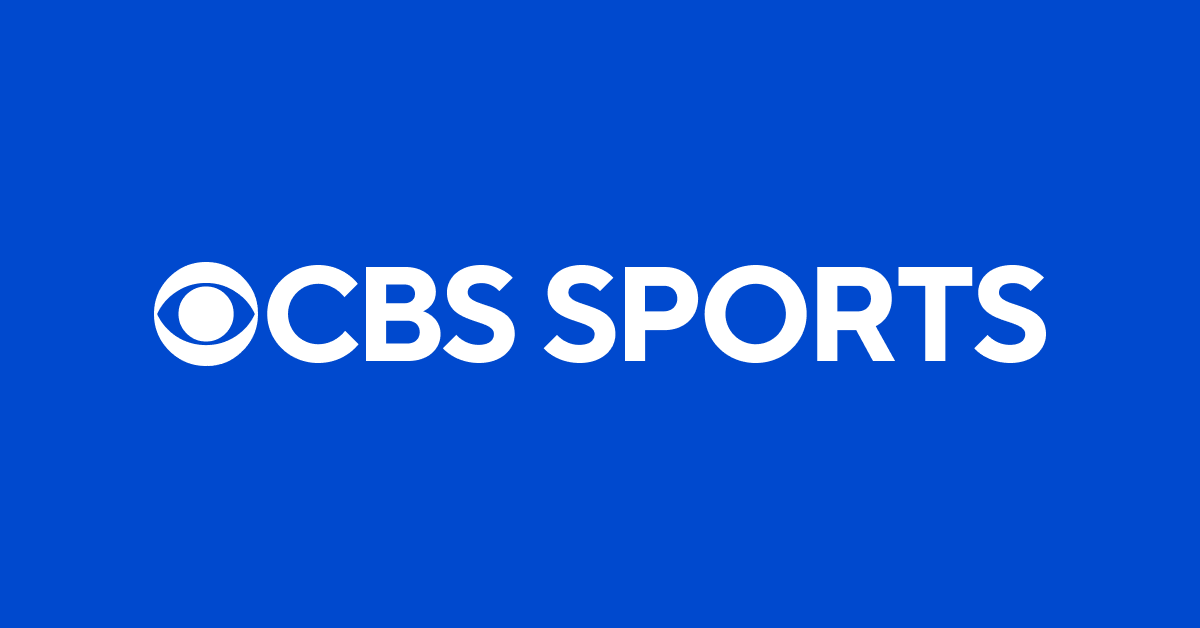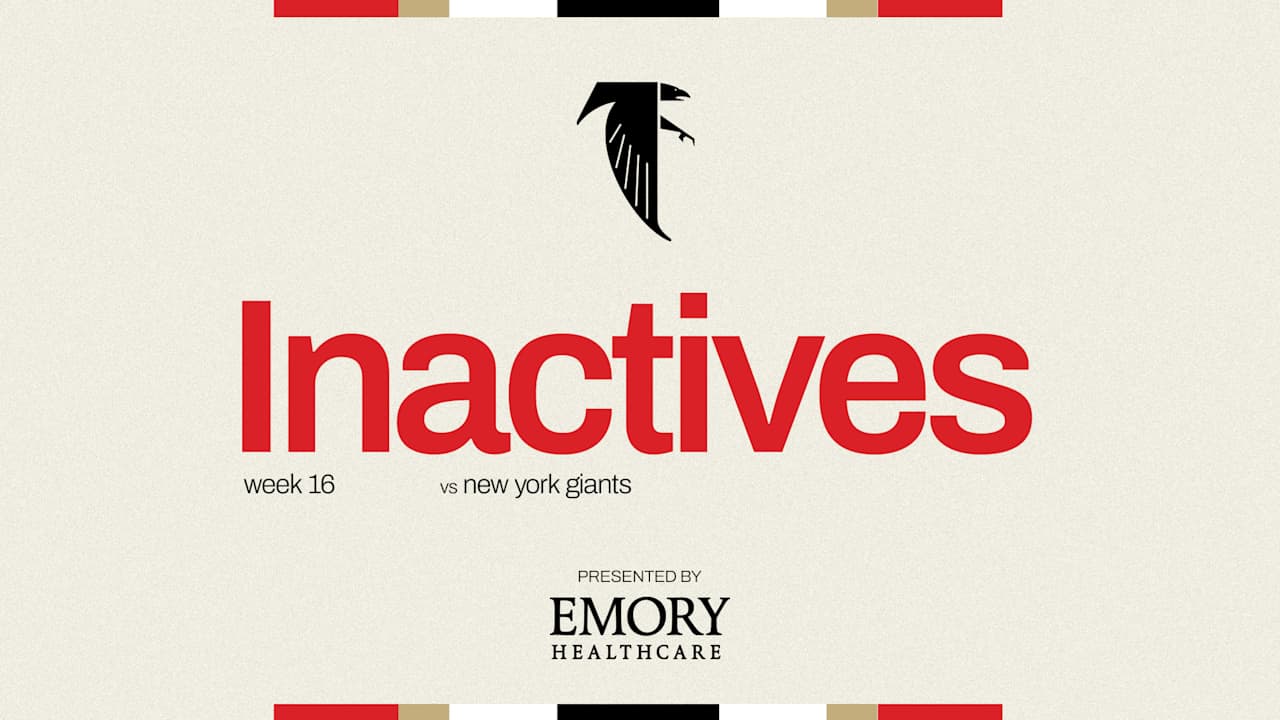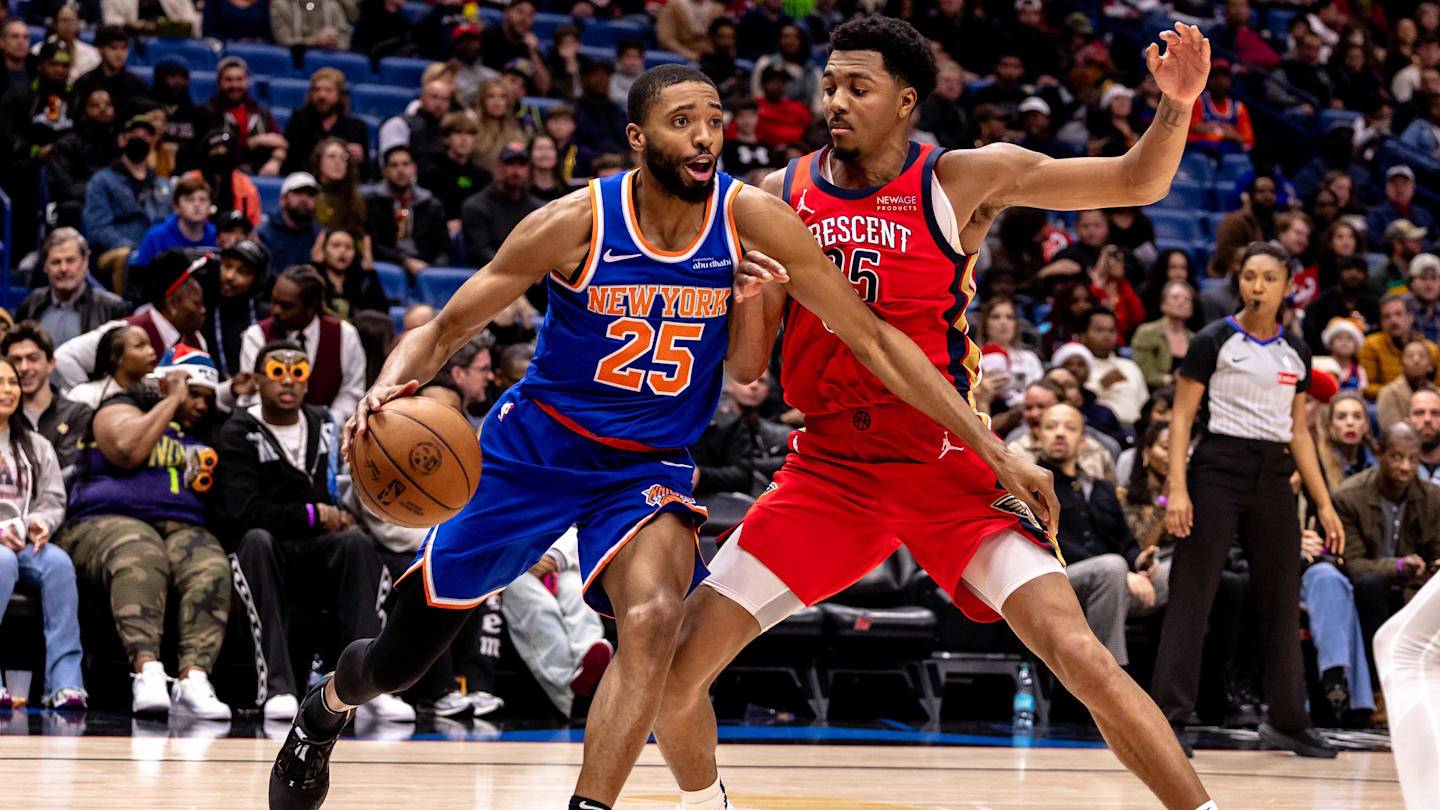World
Who is Hassan Nasrallah, longtime leader of terror group Hezbollah?

Hassan Nasrallah, the leader of the Middle Eastern militant group Hezbollah, was the main target of Israel’s powerful air strike in Lebanon Friday that leveled as many as six residential buildings.
It was not clear whether the 64-year-old terror chief survived the attack.
Israel said it was targeting the terror group’s main headquarters, which lies beneath the city of Beirut.
The strike marks an intense escalation of the fighting — Israel killed three senior Hezbollah military commanders earlier this week, as well as more than 700 other soldiers and citizens.
Narsallah’s death would mark Israel’s biggest bounty yet.
Early career
Nasrallah is one of Hezbollah’s founding members.
Born in 1960, he grew up under Israel’s occupation of southern Lebanon after his poor Shiite family was displaced from the Beirut suburb of Bourj Hammoud.
He studied theology before joining the Amal movement, a Shiite political and paramilitary organization, before creating the group in 1982.
The secretary-general became Hezbollah’s sole leader in 1992, when his predecessor and the group’s co-founder Abbas al-Musawi was killed in an air strike.
At the time, Hezbollah was devoted to ending Israel’s occupation of southern Lebanon — a goal that was achieved in 2000 under Narsallah’s leadership following a long war that eventually forced Israel to withdraw.
Nasrallah’s own son died as part of the cause — the 18-year-old was killed in a 1997 firefight with the Israelis.
That mission slowly altered in the following years to usher in the destruction of Israel.
2006 War
Nasrallah is largely credited with igniting Hezbollah’s 34-day war against Israel in 2006 by launching a rocket strike over Lebanon’s southern border before ordering a ground invasion.
Several Israeli soldiers were killed and others were taken hostage, a bloodbath Nasrallah justified by claiming Israel failed to follow through on promises to conduct a prisoner swap.
Israel retaliated with the mission of eliminating Hezbollah, but the Lebanese group came out stronger and became a key military and political power on Israel’s northern border.
The fighting ended in a draw after intervention by the United Nations, but Narsallah’s role garnered him Lebanese praise.
His image still appears on billboards and on gadgets in souvenir shops in Lebanon, Syria and other countries across the Arab world.
Strengthening Hezbollah
Under Nasrallah’s regime, Hezbollah has grown into the Arab world’s most significant paramilitary force, claiming as many as 100,000 soldiers and a hefty arsenal of weapons.
The terror group’s military capabilities have surged over the years, with Israel estimating the group has some 150,000 rockets and missiles, including guided missiles and long-range projectiles capable of striking anywhere in Israel.
Throughout its latest conflict with the Jewish state, Hezbollah has gradually introduced new weapons to its arsenal, such as explosive drones and surface-to-air missiles for the first time.
Nasrallah said the drones are locally manufactured, and they have many at their disposal.
The terror chief is also responsible for launching hundreds of Fadi 1 and Fadi 2 missiles — a new weapon that is known for longer range and stronger power — to strike at north Israel in an overnight rocket barrage Sunday.
Involvement in Israel-Hamas war
Hezbollah and Israel’s fighting had waned in the months before Hamas’ Oct. 7 invasion but was reignited when the Jewish state retaliated with disproportionate force on the people of Gaza.
Hezbollah and Hamas are both backed by Iran and share the mission of a weakening Israel.
Under Nasrallah’s command, Hezbollah began launching missile attacks from Lebanon’s southern border — meaning Israel was under fire at both its northern and western borders.
Hezbollah has vowed not to relent until a cease-fire is reached in Gaza, where more than 41,000 Palestinians have been killed since the outbreak of the war.
Life in hiding
Since taking control of the militant group, Nasrallah has maintained a high-security detail and lives in hiding, fearing Israeli assassination.
He delivers his speeches from undisclosed locations.
He granted a rare interview to the New York Times in 2002 — but demanded that the reporter and photographer be blindfolded and driven around the southern suburbs of Beirut before being brought the interview location.
His security team then thoroughly inspected everything, even unscrewing the pens to make sure that they contained only ink, the outlet reported.
With Post Wires










